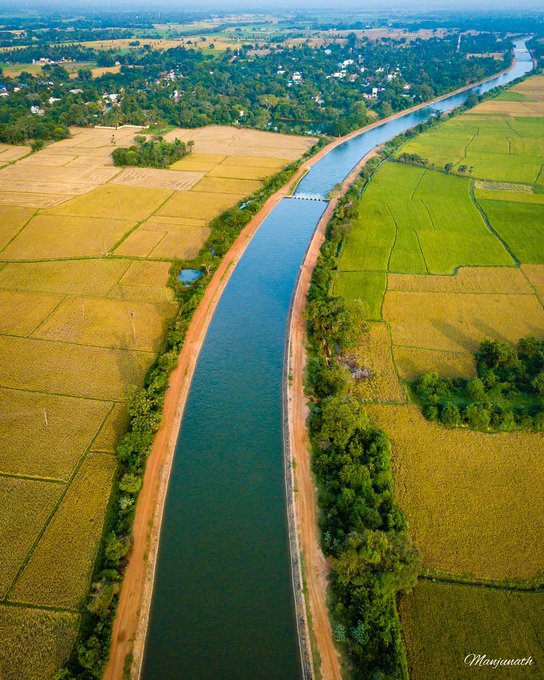Krishna & Balram : The Earliest Representation
Agathocles
issued an intriguing range of bilingual coinage, displaying what seem to be
Buddhist as well as Hindu symbolism. Manufactured according to the Indian
standard, using either Brahmi (ancient Indian script), Greek or Kharoshthi
(ancient script used in Gandhar kingdom : present day Afghanistan & Pakistan),
and displaying symbols of the various faiths in India,
The Hindu coins of Agathocles are few but spectacular. Six Indian-standard silver
drachmas were discovered at Ai-Khanoum in 1970, which depict Hindu deities. These
coins, discovered on 3 October 1970 hidden in a pilgrim’s water-vessel in a
room of the administrative quarter of the Greco-Bactrian city of Ai-Khanoum,
are key to the understanding of the evolution of Vaisnava imagery in India.
These coins
from Ai-Khanoum are a precious indication of the forms taken by the Bhagavata
cult and Vaishnavism in early India, and shows that this cult was already
popular in the area of Gandhara around the 2nd century BCE.
The dancing girls on some of the coins of Agathocles and Pantaleon are also sometimes considered as representations of Lakshmi, the consort of Vishnu, but also a Goddess of abundance and fortune for Buddhists, or Subhadra, the sister of Krishna and Balarama. She is also seen in the Post-Mauryan coinage of Gandhara, on a Taxilan coin which is thought to have been minted by Demetrius I following his invasion.
Description of Deities on the Coins.
The coinage of Agathocles (circa 180 BCE) incorporated the Brahmi script and several deities from India, which have been variously interpreted as Vishnu, Shiva, Vasudeva, Balarama or the Buddha.
1. Zeus holding Hecate and a scepter.
2. Divinity with a long coat (himation) with some volume on top of hair, partly folded arms. The attitude is similar to the Buddha of the Bimaran casket
3. Hindu god Balarama-Samkarshana with attributes
4. Hindu god Vasudeva-Krishna with attributes
5. Indian goddess Lakshmi.
|
Early representation of Balarama at the lower right of a Mauryan empire punch-marked coin, holding a mace and conch; 3rd BC. (Presently at British Museum)
|
|
|
|
The plaque depicts the scene of a charioteer
holding four horses, standing behind a half-chariot with a spoked wheel. The
tablet was authenticated by Oxford Authentication using thermoluminescence or
TL dating method on May 14th, 2019. The result of the authentication confirms
that the date of the firing was between 2,300 and 3,600 years ago, that is,
1,600 BCE to 300 BCE. Presently
it is in the possession of a Hong Kong-based art dealer. Reference |
|
Krishna worship was prevalent in the time
of Greek historian Megasthenes (350-290BCE). More tellingly, Roman historian
Quintus Curtius wrote that “an image of ‘Hercules’ (Krishna, sometimes also
written as Herackles) was carried in front of the army of Porus as he advanced
towards Alexander on the Jhelum river”. Reference https://sundayguardianlive.com/news/vasudeva-krishna-mathura-god-temple-history |
|
Believed to be the oldest Hindu temple
ever found archaeologically. Remains of Vidisha Sri Krishna temple, MP.
It is here the famous Heliodorus pillar is found, erected by Greek ambassador
to Shunga court who became Krishna Bhakta. Archaeologist SP Gupta dated early
layers to 5th century BCE. Reconstruction
sketch of the temple as per archaeologist DK Chakrabarti. |
|
A king worshipping Vasudeva- #Krishna. This is a Kushan seal, 4th or 5th century,
inscribed in Bactrian. Presently at British Museum. |




















Comments
Post a Comment